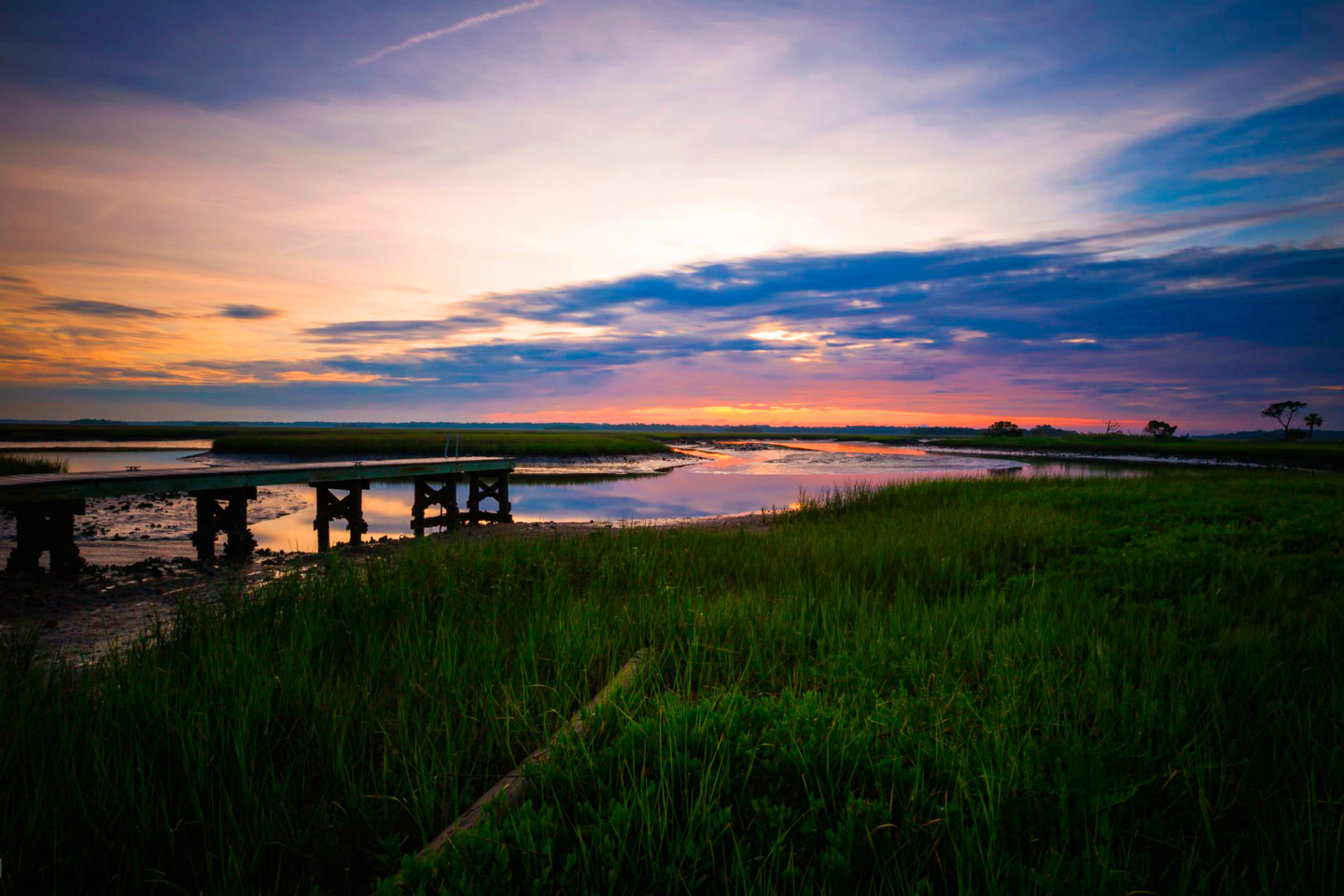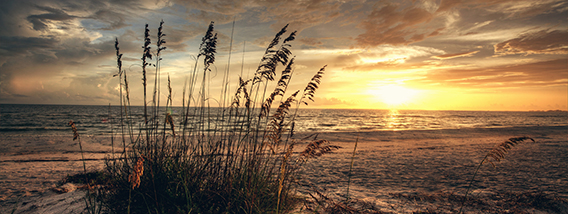

A History of the Timucuan Peoples
Archeological evidence suggests that humans inhabited the northern region of Florida for several thousands of years before the eventual encounter indigenous Americans would have with the first European explorers.
The tribes who once called this region home were a diverse set of people who varied in their political, dietary, and numerous other customs. Although much has been lost to time about the tribes who once called northern Florida home what is remembered about them is the unique set of customs they did share and the impact they had on the history of Florida as we know it today.
Timucuans
What the Timucuans called themselves is unknown. Timucuans’ name was bestowed upon them by the French and Spaniard explorers who first encountered them nearly 500years ago. One fact that is known is that the Timucuans shared a common language and loosely connected cultures and customs.
The diverse peoples traced their lineage matriarchally and important tribespeople such as chiefs were often tattooed with elaborate and intricate designs. Both men and women wore their hair long and wore breathable relaxed clothing and adorned themselves with jewelry made of carved shells.
They practiced many popular sports such as archery, running competitions, and a ball game whose rules have been long lost to the passage of time. Perhaps the Timucuans’ most unique similarity is their shared practice of a tea ceremony. Contrary to the serene image of a tea ceremony we have today theirs held a much more spiritual significance. Tea would be brewed from the leaves and roots of numerous different species of plants before being ingested. The concoction would begin to induce vomiting and other symptoms thought to purify the tribesmen before an important battle or hunt.
Tribes in the region differed greatly in population, diet, and culture. Although they all shared the custom of aligning their huts in a circle sometimes constructing a wall around their villages, the population of any given tribe could number as little as fifty to as great as three hundred. They may have spoken the same language and shared a lot of the same customs but the tribes in the region forged no large spanning cultural identity.
Alliances were formed among tribes, wars were waged, and dances were performed uniting different tribes for generations before the arrival of the first explorers. Some tribes near the coast were astute hunters and fishermen while those who lived more inland were very adept farmers growing staple crops such as maize, squash, and beans.
Pedro Lopez
 The arrival of the Spanish and the eventual meeting between the two vastly different cultures was initially very friendly. The chief of a large village offered Spaniard explorer Pedro Lopez his hut to live in while the colonists set about constructing their own settlement. The contact between the two cultures soon brought innumerable changes and the five-hundred-year rhythm of Timucuan life would begin to change permanently.
The arrival of the Spanish and the eventual meeting between the two vastly different cultures was initially very friendly. The chief of a large village offered Spaniard explorer Pedro Lopez his hut to live in while the colonists set about constructing their own settlement. The contact between the two cultures soon brought innumerable changes and the five-hundred-year rhythm of Timucuan life would begin to change permanently.
The first major change came about when Spanish missions began to be constructed all over the area. These missions served two important functions. The first was to provide the necessary crops to supply larger Spanish settlements and the latter was to set about converting the tribespeople to Catholicism.
Much like the Timucuans diverse set of customs their own religious beliefs too have been lost to time. As the relationship between some tribes began to get ever closer to the Spanish others began to turn more hostile.
Many men and women were used as forced labor for massive construction projects or were made to toil in lumber camps, quarries, and farms. Although many died in the battles waged over land and resources many succumbed to European diseases they had no immunity to.
The original Timucuan population
The original Timucuan population may have numbered somewhere between fifty and a hundred thousand but by the mid-eighteenth century, only a couple hundred remained. When the Spanish relinquished control of Florida to British hands those who were still alive left their homeland forever when they traveled with the fleeing Spanish settlers to Cuba.
Although there are no longer any more Timucuan people in Florida today their unique history and culture live on today and can be explored when attending a Primary Care CME conference in Palm Coast, FL. Construction projects all over the northern region of the state continue to unearth ancient artifacts and echoes of Florida’s past.
Tours are available for anyone interested in learning more about these unique people. One place that really makes their history come alive can be explored at Pounce De Leon’s Fountain of Youth Archeological Park. Here you will discover the oldest Native American Christian burial ground in the nation as well as numerous pieces of potters, arrowheads, and other artifacts. What makes this place particularly amazing to see is that archeological work is still being done in the area. Who knows what exciting piece of history may be uncovered during your visit to the park?
Upcoming CME Conferences & Online Learning
Want to attend a live CME conference or complete an online course from the comfort of home?
At Continuing Education Company, we make your medical continuing education fun, engaging, and relevant. Explore our conference calendar to view upcoming dates and destinations as well as CME365™ online courses and live streaming options.
For a limited time, take advantage of our Special Offer: attend one of our live conferences in person and receive a FREE online 15 credit CME course from CME365™.